By Bob Bergin
On May 4, 1942, American Volunteer Group (AVG) pilots Charlie Bond and Bob Little were in the alert area at Paoshan, China, a small grass aerodrome just north of Burma. The Japanese were not far away; after rampaging through Burma they had crossed into China just three days earlier.
Bond had already been in the air that morning, chasing two high-flying Japanese recon airplanes that he could not catch. He and Little were cleaning their side arms, relaxing a bit, when along came AVG First Squadron Leader Bob Neale to spoil it. Neale was shouting, “Take off! Take off!”
Alone After Takeoff
Charlie hopped in his cockpit, started his engine, and looked up to see a formation of 25 Japanese bombers heading right for the airfield. He sat there a moment, hand on the throttle, hesitating. His takeoff would put him on an intersecting path with dropping bombs.
“Hell, I can make it!” he said to himself. He rammed the throttle forward, racing to get in the air and away from the airfield before the bombs fell. In a maximum power climb, he finally got buckled into his parachute. He looked around. He was alone! None of the other Curtiss P-40 Tomahawk fighters had gotten in the air.
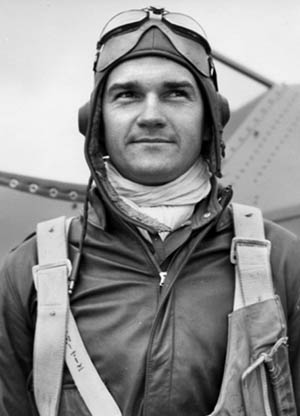
The bombers bypassed the airfield to drop their bombs on the city and made a long turn back to the south. There was no fighter escort to be seen, but Charlie picked up the second wave of bombers, another 25 in one big V formation at 18,000 feet. These were the ones he would go after.
Bond climbed 1,000 feet above them then dropped into a diving left turn toward the bomber at the end of the long right leg of the V. His first burst completely enveloped the bomber’s fuselage but produced no fire, no smoke. Suddenly, the next two bombers in the V started streaming bluish white smoke, pretending to be wounded. The AVG pilots had been briefed about this trick, but this was the first time Bond had seen it. He ignored them and made another attack on his original target. On his third attack, the bomber’s engine disintegrated into a flaming torch. The bomber slowed, fell out of line, and dropped into its final dive.
Charlie attacked the next bomber on the end of the V—and his guns quit. He had run out of ammunition. He made a 180-degree diving turn back to base feeling disappointed. He did a slow roll over the airfield then flew over the city to see what the bombers had done. On his landing approach, he dropped his flaps and pushed on the lever for the landing gear.
Taken Down Over China
Suddenly, he heard loud explosions inside the P-40! He swiveled around. There they were! Three Japanese Zeros “firing like mad” from behind his plane. The explosions were their rounds piercing the fuselage fuel tank behind the cockpit and striking the armor plate behind his seat. The fuel tank exploded. Flames whipped through the back of the cockpit and up around Charlie’s legs. He had to shut his eyes against the flames encircling him, but he got the canopy back, pulled the nose up, and rolled the P-40 over. The air stream pulled him out of the cockpit. He was tumbling when he pulled the ripcord.
He landed in a Chinese cemetery a mile and a half from the airfield. His head was bleeding, his hands blistering; his face, neck, and shoulders were scorched.
The first Chinese to appear carried a big rock hidden behind his back. Charlie had to pantomime to convince the Chinese guy that he was friendly. The man led him to a nearby hut where the AVG’s Doc Richards would later find him. He was flown back to Kunming to be cared for in the AVG dispensary, where he remained for the next 16 days.
By that stage of the war, Charlie Bond had seen a good deal of combat. He was with the last group of AVG pilots to reach Rangoon on November 12, 1941. They went by train to the AVG airfield at Toungoo in central Burma that same day and found themselves enrolled in General Claire Chennault’s “kindergarten,” where the “Old Man” taught them everything he knew about fighting the Japanese. Chennault had observed the Japanese Air Force in action over China since mid-1937.
Not Bad For a Bomber Pilot…
On November 16, Bond made his first flight in a P-40. He did loops, rolls, and Immelmann turns—not bad for a bomber pilot. He had trained as a pursuit pilot in the Boeing P-12 biplane, but upon graduation from advanced flight training in January 1939 he was assigned to the 2nd Bomb group, which had America’s entire inventory of 14 Boeing B-17 Flying Fortress heavy bombers. He participated as a copilot in the bomber highlight of that era, a show-the-flag flight across South America to Brazil. A first lieutenant named Curtis E. LeMay was the planner and chief navigator for the six-plane flight. In June 1941, Bond was ferrying bombers to Canada when a friend called to tell him about an opportunity to get back into fighters—an outfit in China called the American Volunteer Group was looking for pilots. Bond saw his chance to get combat experience that would secure him a regular commission and, most importantly, earn fast money to buy his parents a home.
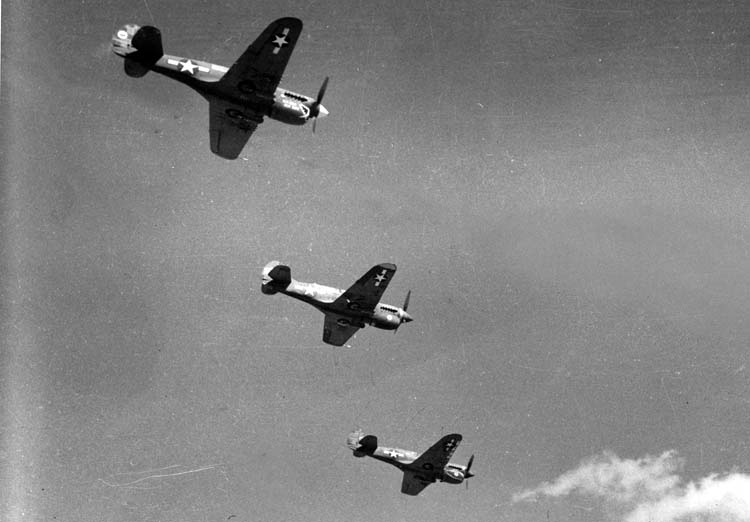
Bond made his mark on the AVG’s history in his first weeks in Burma. At the local Baptist mission, he picked up a section of a British newspaper. On the front page was a picture of an Australian P-40, its lower nose around the air scoop painted brightly to resemble the wide open mouth of a snarling tiger shark.
Bond discussed it with his squadron mates and then with Chennault. The Old Man liked the idea and suggested the shark mouth be painted on all the AVG P-40s. In the end, Bond had to share credit for giving the tigers their teeth with 1st Squadron colleague Erik Shilling. At about the same time that Bond saw the photo, Shilling was looking at a magazine photo of another toothy airplane, this one a German Dornier bomber in the Western Desert. Shilling painted the teeth on his P-40 and showed it to Chennault. It was a case of great AVG minds thinking alike.
On the morning of December 8, 1941, Bond woke to find himself “right in the middle of one hell of a big war!” Pearl Harbor had been hit, and Manila, and the Japanese were moving into neighboring Thailand.
Heading South With A Squadron of P-40s
On December 18, the AVG 1st and 2nd Squadrons moved to Kunming, China, while the 3rd Squadron joined the British Royal Air Force (RAF) in the defense of Rangoon. Two days after arriving in Kunming, Bond participated in the wild melee that resulted when the 1st Squadron met 10 unescorted Japanese bombers just southeast of the city. The Japanese were on they way to bomb Kunming but turned back when they encountered Jack Newkirk’s 2nd Squadron flight over the city.
Sixteen 1st Squadron P-40s were scrambled and headed south. Two 2nd Squadron flights of four aircraft each were sent up but stayed close to Kunming city. The 1st Squadron leveled off at 20,000 feet. They were about 30 miles southeast of Kunming when they sighted the tight formation of 10 Japanese raiders. As the AVG closed to 1,000 feet above the Japanese, the bombers lowered their dustbin rear gunners; the AVG pilots charged their guns, turned on gun sights and gun switches, then rolled and started down.
Bond eased his target into his gun sight ring, squeezed the trigger on the stick, and nothing happened. In his excitement, Bond had “checked his gun switch so many times that he had turned it off.” He was closing fast on the bomber and had to break off violently.
Bond climbed and turned for a second attack, all guns blazing, and watched his tracers puncture the bomber’s fuselage. He broke off at the last second and went after the main formation, attacking again and again—on one pass almost colliding with fellow pilot Bill Bartling. Two hundred miles from Kunming and low on fuel, the P-40s tuned back. Days later the Chinese confirmed six of the 10 bombers destroyed.
Bond Becomes Squadron Operations Officer
On January 1, 1942 the AVG 2nd Squadron replaced the 3rd in Rangoon. The Japanese were pushing deeper into Burma, and the British Army retreated before them. On January 23, the Japanese turned from daylight bombing to heavy night attacks on Rangoon. The number of available P-40s in Rangoon was down to 10. Chennault sent 12 1st Squadron P40s to Rangoon on January 25 to reinforce the 2nd Squadron. Charlie Bond was among them.
Bond’s first action over Rangoon came on January 29 when eight P-40s dove into a swarming beehive of at least 35 Japanese Type 96 fighters. Bond missed his first two targets, nd the fight turned into a few P-40s and a lot of Japanese twisting, turning, diving, and maneuvering to get into position. He fired a burst into one enemy fighter. It dove into a cloud, and Bond waited until it emerged. He watched the tracers from all six guns tear into the cockpit and engine, and the Type 96 went down flaming.
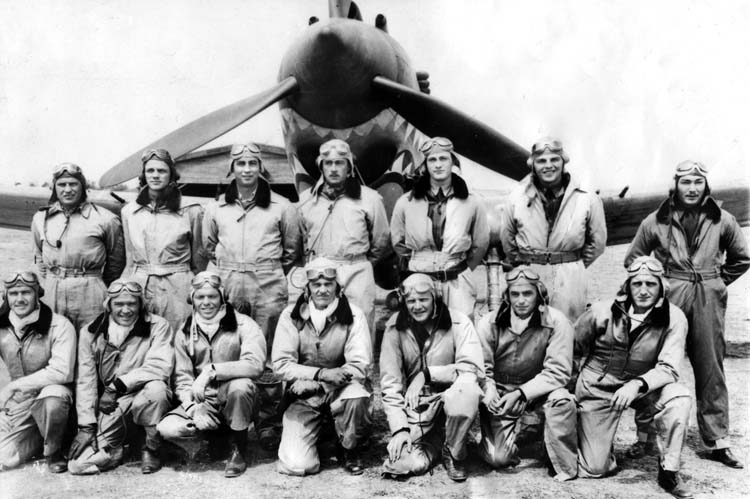
With Japanese bombers coming by night, the pace of combat slowed, and it was February 6 before Bond encountered the enemy again. That morning, six P-40s and two British Hawker Hurricanes tangled with 35 Japanese fighters. Bond caught a Type 97 “Nate” at 500 yards with all six guns. He was sure that pilot’s career had ended but was too busy to confirm it and later claimed it as probable. Then, with only one gun working he joined Bob Neale and together they fought a lone Type 97 for more than five minutes. Neale finally bagged it after it got on Bond’s tail in a dive. The next day, 1st Squadron Leader Sandy Sandell was killed in a crash while testing repairs to his P-40, and Neale became the new squadron commander. Gregory Boyington was the new vice commander and Bond the squadron operations officer.
For Bond, February 25 began with an early scramble in fog so dense that the AVG pilots could not see halfway down the strip and were taking off directly at each other. The Brewster Buffalo fighters took off from one end of the runway, the Hurricanes from the other. The AVG scrambled from another runway that intersected the RAF runway. The 1st Squadron took off in one direction while the 2nd Squadron came down the same runway but in the opposite direction. Bond’s flight saw no action that morning as a result of this scramble.
Rangoon Falls; Magwe Evacuates
Early that same afternoon, Bond escorted Blenheim bombers to Moulmein but met no enemy aircraft. That afternoon, 11 P-40s and eight Hurricanes scrambled against 40 Japanese fighters and 12 bombers. Bond’s first attack was head-on at a fighter that he quickly set on fire. His second attack, again head-on, resulted in another Japanese fighter going down in flames—two in less than three minutes. Several more quick passes, and a Type 97 suddenly appeared right in front of him, but his guns jammed! He recharged his guns and joined John Blackburn to go after a flight of three Type 97s.
Bond caught one at the top of a climbing turn, but when he fired his .50-caliber guns stopped again. The Japanese fighter was already in a spin, and Bond was sure he was done but claimed him only as a probable. The other two were credited as confirmed kills. It was the best day yet for the AVG. In various actions, AVG pilots at Rangoon were credited with 25 Japanese aircraft confirmed destroyed and eight probably destroyed. The British Hurricanes got an additional six. There was one AVG loss, pilot Ed Liebolt, who did not return from his flight. Bond’s personal score was six destroyed, two probably destroyed, and others damaged.
Rangoon fell on March 6, 1942, and the enemy headed north, threatening India and China. The AVG evacuated its remaining P-40s to the RAF base at Magwe in central Burma. From there, the AVG and what remained of the RAF mounted raids against Burmese airfields now in the hands of the Japanese. On March 21, the Japanese struck back. Three waves of twin-engine bombers, dozens in each wave, pounded Magwe. When the bombers finished, Japanese fighters came down to work over the airfield with machine guns. Most of the RAF’s remaining Hurricanes and almost all its Blenheim bombers were destroyed. Two AVG personnel were killed, and all AVG P-40s at the field were hit. The Japanese returned the next day to finish the job, and the evacuation of Magwe began.
AVG Aces Chosen for A New Type of Mission
At his headquarters in Kunming, Chennault watched the situation evolve. Early on March 22, he called a meeting with the two AVG squadron leaders then in Kunming, Bob Neale of the 1st and Jack Newkirk of the 2nd Squadron, and laid out a plan. The airfield at Chiang Mai in northern Thailand was one of the bases for the aircraft that attacked Magwe. With surprise, the AVG could catch the Japanese on the ground. Chiang Mai was more than 150 miles inside Japanese-controlled territory, beyond the range of the P-40s, and the AVG would not be expected.
The P-40s would fly from Kunming to Loiwing, China, refuel, and then fly on to a small airstrip at Nam Sang in Burma, within easy range of Chiang Mai. The pilots would overnight there and strike Chiang Mai early the next morning. Chennault chose a secondary target, Lampang, 45 miles southeast of Chiang Mai, where the Japanese reportedly based heavy bombers. Neale would be in overall command of the mission and lead six P-40s to Chiang Mai. Newkirk would take four P-40s to Lampang, strike the airfield there, then rejoin Neale’s flight at Chiang Mai.
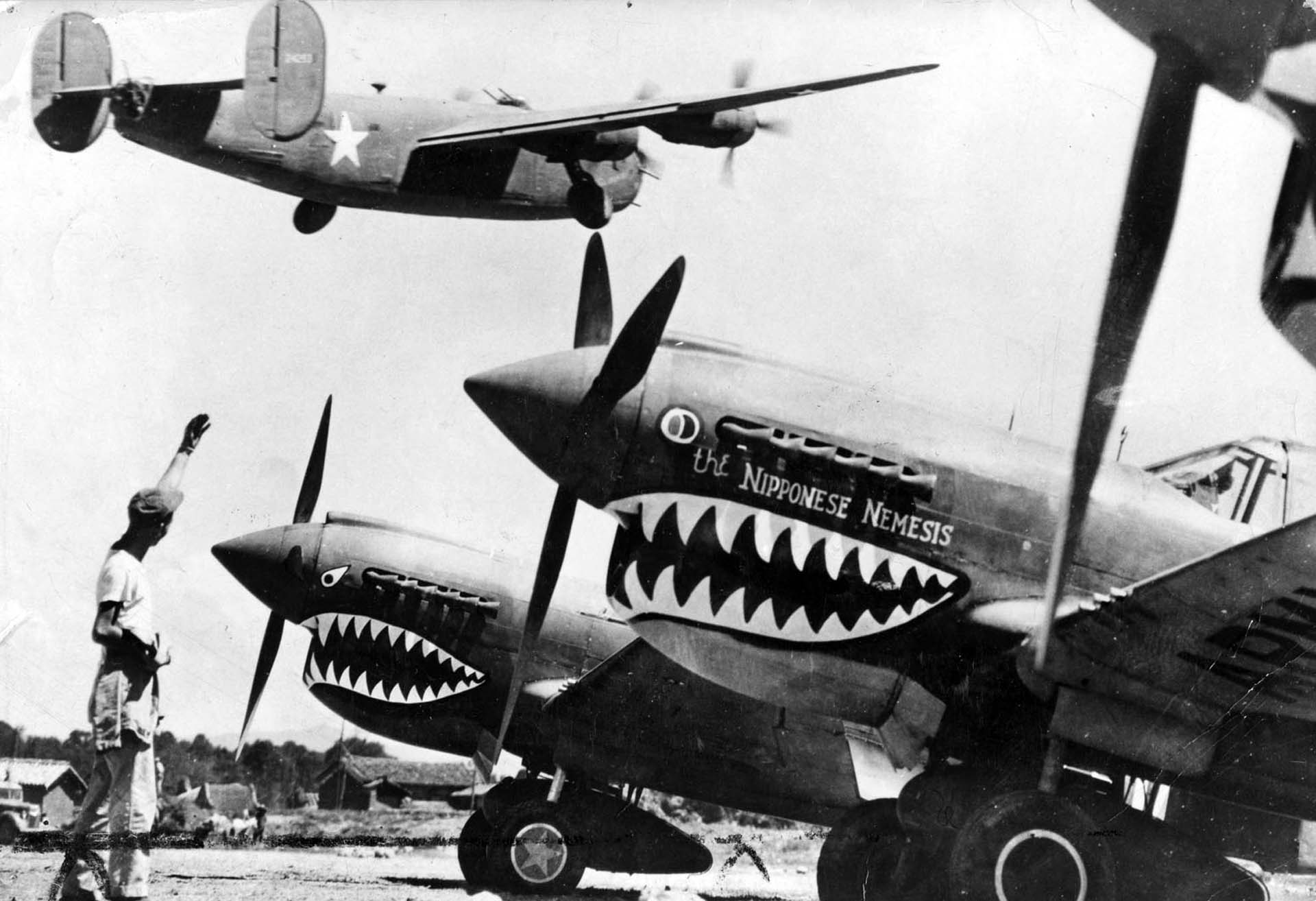
The pilots chosen for this mission were among the AVG’s best. “Scarsdale Jack” Newkirk was made an American hero by the press coverage of his actions during the defense of Rangoon, credited with seven victories by the AVG and 25 by the New York Times. In his flight were Frank L. Lawlor, Henry M. Geselbracht, and Robert B. “Buster” Keeton. Bob Neale, with 12 victories, was the AVG’s topscoring ace. In his flight was another AVG double ace, William “Black Mac” McGarry, with 10 victories. The other pilots were Charlie Bond, Bill Bartling, Edward F. Rector—all AVG aces—and Gregory Boyington, who would win fame later as “Pappy,” commander of the U.S. Marine “Black Sheep,” credited with 28 victories and awarded the Medal of Honor.
The night before, Neale reviewed details of the mission. Takeoff would be at 5:45 AM. All 10 aircraft would rendezvous over the field at 10,000 feet, and Neale would lead both flights to Chiang Mai. There Newkirk would break off and take his flight to Lampang. For the main attack on the Chiang Mai airfield, Neale would lead four aircraft down to strafe while two flew top cover.
It was still dark when the P-40s took off. Neale was the first off at 5:55, and Charlie Bond was a minute behind. Boyington was next, and then Bartling, who had never flown at night. Rector and McGarry, who were to fly top cover, took off after the other four. Newkirk’s flight was to take off right behind.
Descent Into Darkness: Approaching Chiang Mai
There was no moon. It was pitch black outside their cockpits. The pilots could see nothing but the glow of their own exhaust stacks. Neale’s flight of six aircraft stayed at 10,000 feet over Nam Sang and circled, waiting for Newkirk and his flight. After 20 minutes, Neale decided that a rendezvous was not going to happen. He turned his flight to a heading of 150 degrees, a direct line to Chiang Mai.
The sun was starting to light the sky. Charlie Bond was the only one to have flown in this area before, on a recon flight over Chiang Mai on December 13, 1941. Neale was navigating, but Bond followed the flight on his map and tried to make out landmarks in the haze below. He finally recognized the deep gorge of the Salween River as they passed over it. Knowing where to place himself on the map, he was able to determine his ground speed and could calculate how much time it would take the flight to reach Chiang Mai. They would be over their target at 7:12.
Radio silence was essential, and Bond edged up closer on Neale, waggled his wings, and pulled ahead. Neale understood that Bond knew where the target was. He dropped back and let Bond take the lead.
Bond started a gradual descent. There was not much he could see. At 4,000 feet he made out the outline of the airport, a square shape 3,000 to 4,000 feet per side. Seconds later he saw the airplanes. At 1,000 feet, Bond fired a long burst from his guns—to be sure they would fire—and so everyone behind knew that this was it. Ahead was their target, one of the biggest concentrations of Japanese warplanes in Southeast Asia.
What Bond could not yet see was all the activity below. Newkirk’s flight had reached Chiang Mai minutes earlier. While Neale’s six P-40s circled over Nam Sang waiting for him, Newkirk formed up his flight right after takeoff, climbed to 6,000 feet, and headed directly for Chiang Mai. Newkirk approached the city along its eastern side, and as Bond notes in his diary: “For some reason or other, while flying down to attack Lampang, they decided to strafe the Chiang Mai Railroad Station.” That alerted the Japanese and, although Bond could not see it, Japanese pilots were manning their aircraft and the antiaircraft gun crews were already in place.
Low Passes Over the Airfield
Bond’s dive carried him from south to north across the eastern side of the airfield, over a line of aircraft parked closely together. He opened fire, concentrating on one big group. Then he was past them and switched his fire toward several other single-engine aircraft that he thought were light bombers or modern fighters like the new Mitsubishi Zero.
Neal was right behind Bond, firing on the same row of aircraft on the east side of the field. Greg Boyington was next over the line. Bartling was the last and had a good view of what was happening. “All four of us strafing a very closely packed line of fighters with three twin-engined ships in the center. At the end of our first pass of our four planes I could see a fire which had all three transports in it.”
Bartling counted three additional fires. He also saw Japanese pilots sitting in their cockpits and their airplanes’ “props turning up … and quite a few men laying [sic] flat in front of the planes.” At the end of his pass, Bartling climbed steeply to 500 feet where he flipped his P-40 around in a wingover that brought him back over the line of aircraft he had just strafed.
Pulling away from his first pass, Bond made a low turn to the left. Just then he saw the only friendly aircraft he would see during the entire action, another P-40 pulling away to his left in a climbing turn. It was Bartling, starting his wingover.
Aware of ground fire, Bond stayed low in a wide turn that brought him sweeping back across the airfield—from west to east this time—over a line of closely parked Type 97 fighters. He saw propellers turning and pilots jumping out of their cockpits and running for cover. Bond strafed the line, porpoising his airplane up and down as he tried to line up his machine guns and hit each airplane in line. Past the end of the row of Type 97s he turned to the right. He counted three fires on the airfield now as a huge one engulfed the three transports.
“Three Planes Were Burning in One Big Fire”
From where he was flying top cover at 5,000 feet, Ed Rector watched the first attack by the four P-40s unfold. He saw the fires erupt below. “Three planes were burning in one big fire,” he wrote. “AA and MG [machine-gun] nests had opened fire by now, and I counted at least five MG posts around the field throwing tracers at the four strafing planes. AA shells were bursting in ever increasing numbers on mine and McGarry’s level, so I began flying a zig-zag course as some were bursting uncomfortably close.”
Neale became aware of enemy fire early. He wrote that he stayed at low altitude and made his turns sharp to evade ground fire. At the end of his third pass he found the ground fire so heavy that he rolled his wings to signal the three other P-40s to break off the attack. Then he turned away from the airfield and flew to a point five miles to the southwest. He circled there at 5,000 feet and waited for the others to rendezvous. Eventually Boyington joined up with him there.
Bond was the last to break off the attack. After his second pass over the line of Type 97s, he made a third pass from northwest to southeast concentrating his fire on single targets in the southwest area of the airfield. At the end of that pass, he saw antiaircraft bursts at 1,000 to 2,000 feet at the southwest end of the field. He made a low left turn and started a fourth pass back down the same line of targets he had just strafed.
McGarry Runs Into Trouble; The Team Head for Nam Sang
As he flew past the edge of the airfield, Bond turned sharply to the right and was about to start on his fifth pass when he looked up and saw three P-40s. He had been lucky to get away with four passes. Another one would be really pushing it. He climbed to join the three P-40s, Rector, McGarry, and Bartling. Bond looked at his watch. The attack had lasted eight minutes. Bond had made four passes; Bob Neale had made three. No one had made more.
The four P-40s, with Bond in the lead, turned away from the airfield and headed northwest around the mountain. Rector was first to notice McGarry dropping behind. Rector circled back and tried to get alongside, but McGarry was flying so slowly that he flew right past. Bond and Bartling turned back. There was smoke coming from McGarry’s engine, and he was losing altitude.
The Salween River was just ahead. If McGarry could get to the Burmese side his chances of survival would increase. Suddenly, the P-40 rolled over and McGarry dropped out. He was about 1,000 feet above the trees when his parachute opened. The P-40 nosed down, crashed into the side of a hill, and burst into flames. McGarry landed in a clearing 200 meters from where the aircraft impacted. He got on his feet and waved.
The Official Tally: 15 Destroyed
The three P-40s circled slowly overhead. With flaps and gear down, Rector made a slow pass over McGarry to drop a candy bar he kept as an emergency ration. Bartling flew over and dropped a map. Bond put a circle on his map to mark McGarry’s position and wrote the time. He flew over McGarry one last time and dropped it. All that could be done for Mac had been done. The three P-40s turned on a heading for Nam Sang.
Eight of the Chiang Mai raiders landed at Loiwing later that day. “Scarsdale Jack” was missing. His flight never reached Lampang. Newkirk had been struck by ground fire while strafing an armored car south of Chiang Mai and hit the ground at high speed. There was no chance he survived. Black Mac McGarry would spend the rest of the war in a small POW compound on the grounds of Thammasat University in Bangkok.
Bond was sure there were at least 50 aircraft on the field and that the AVG must have destroyed at least 25 or 30. The next day, March 25, 1942, the New York Times headlined the victory: “U.S. Fliers in Burma Smash 40 Planes.” It was the one bright spot on the front page where other headlines spoke of Japanese bombers pounding Corregidor and the loss of two U.S. destroyers off Java. The official AVG tally for the Chiang Mai raid was put at 15 Japanese aircraft destroyed.
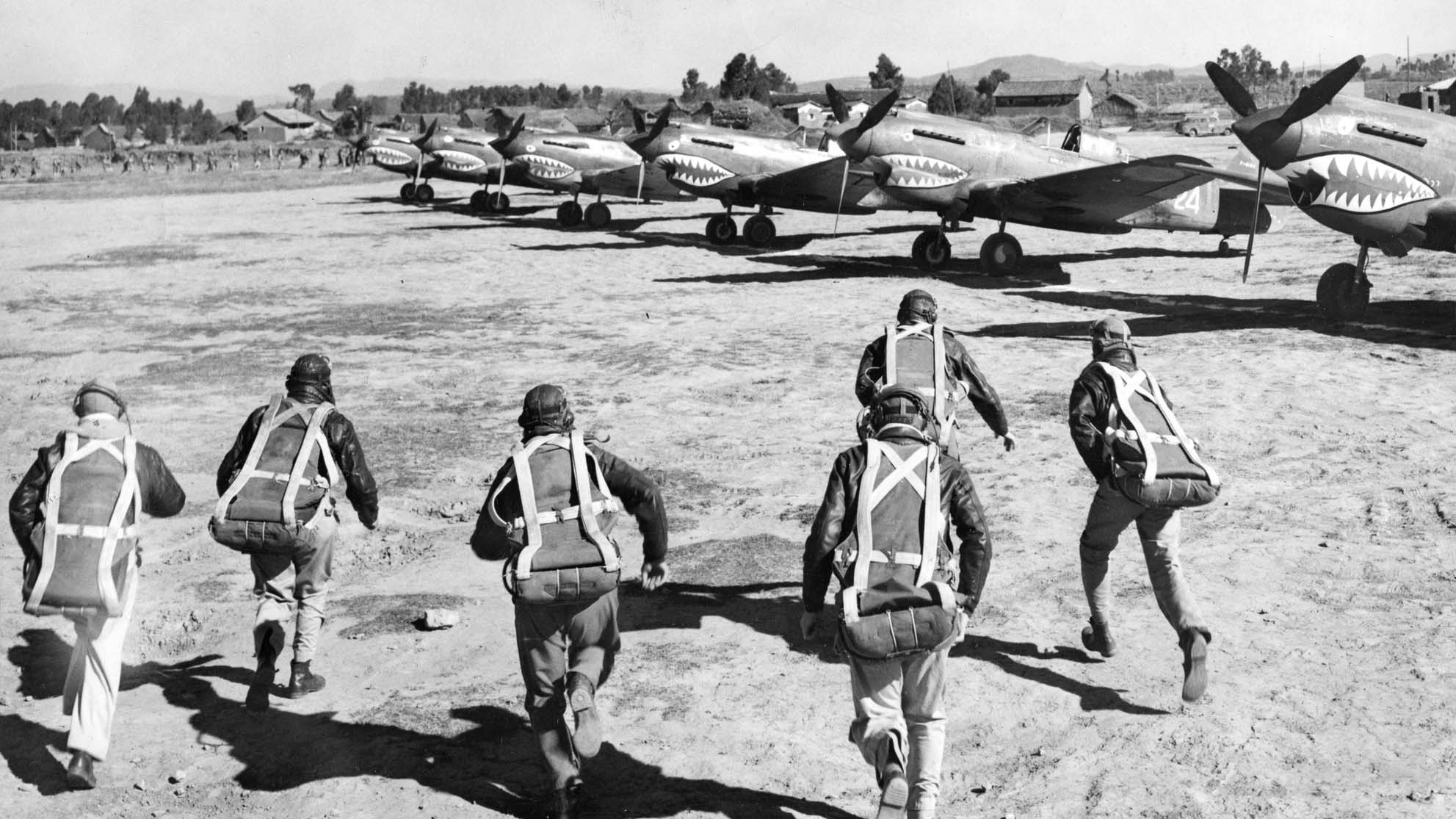
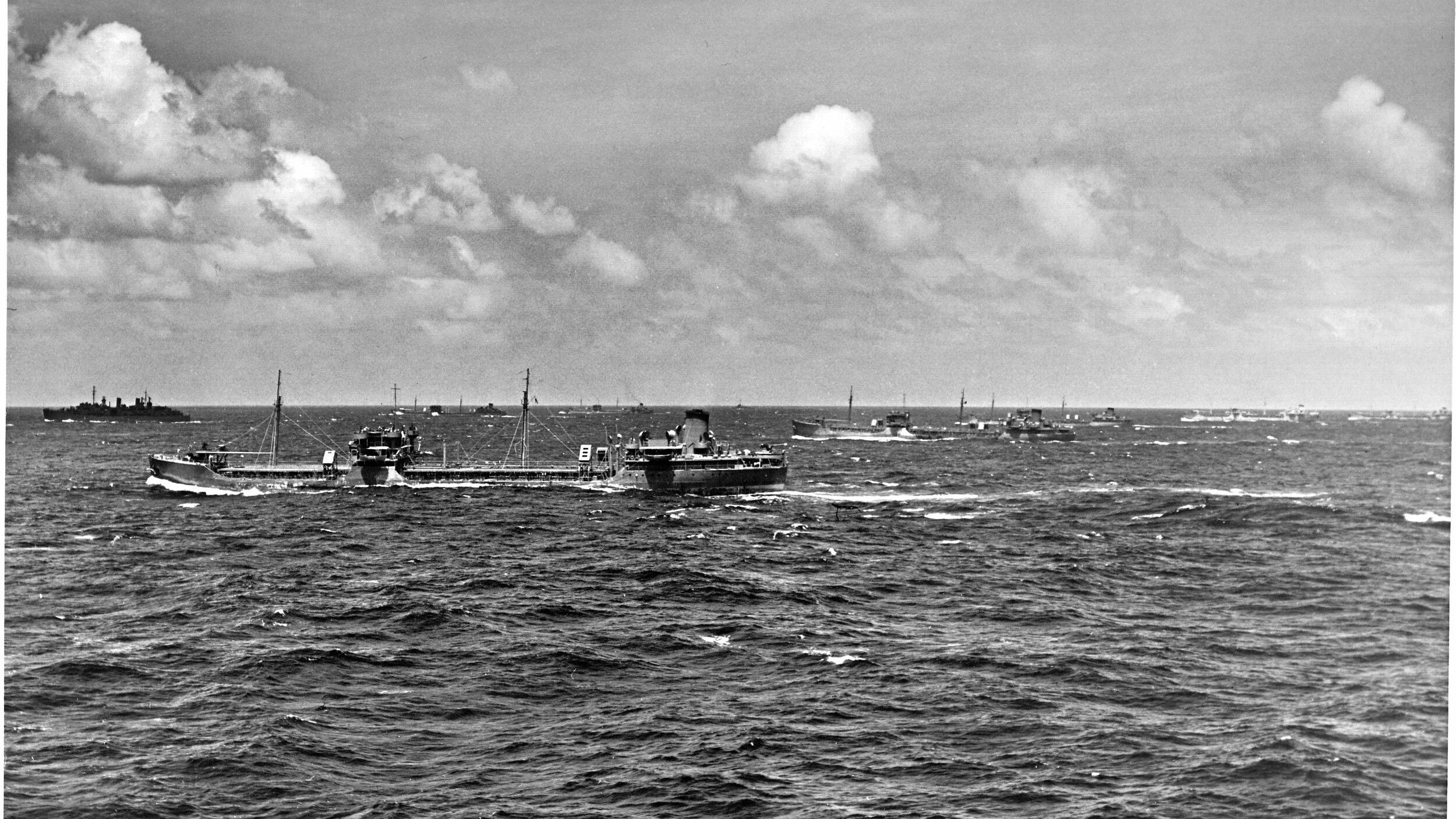
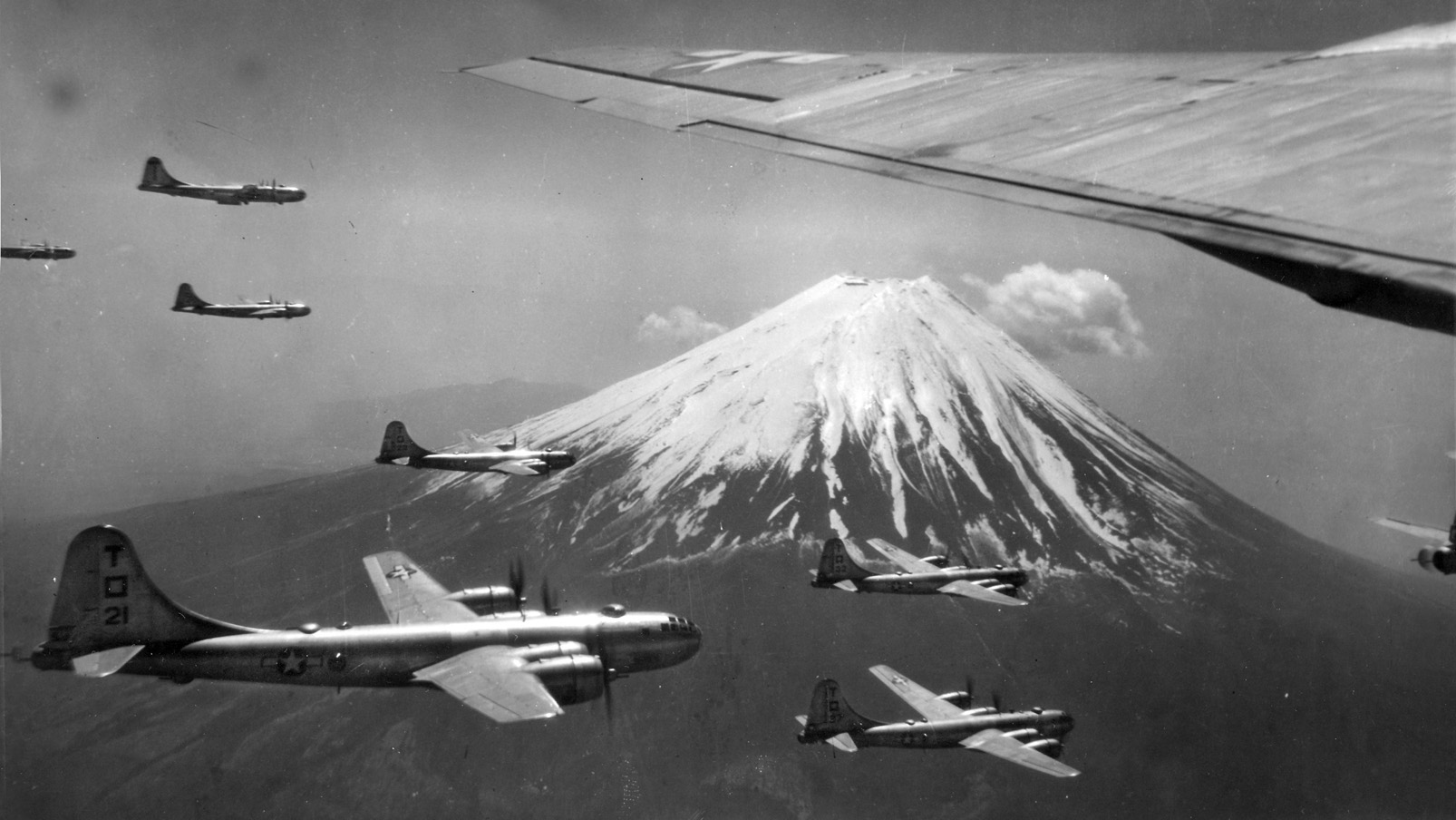
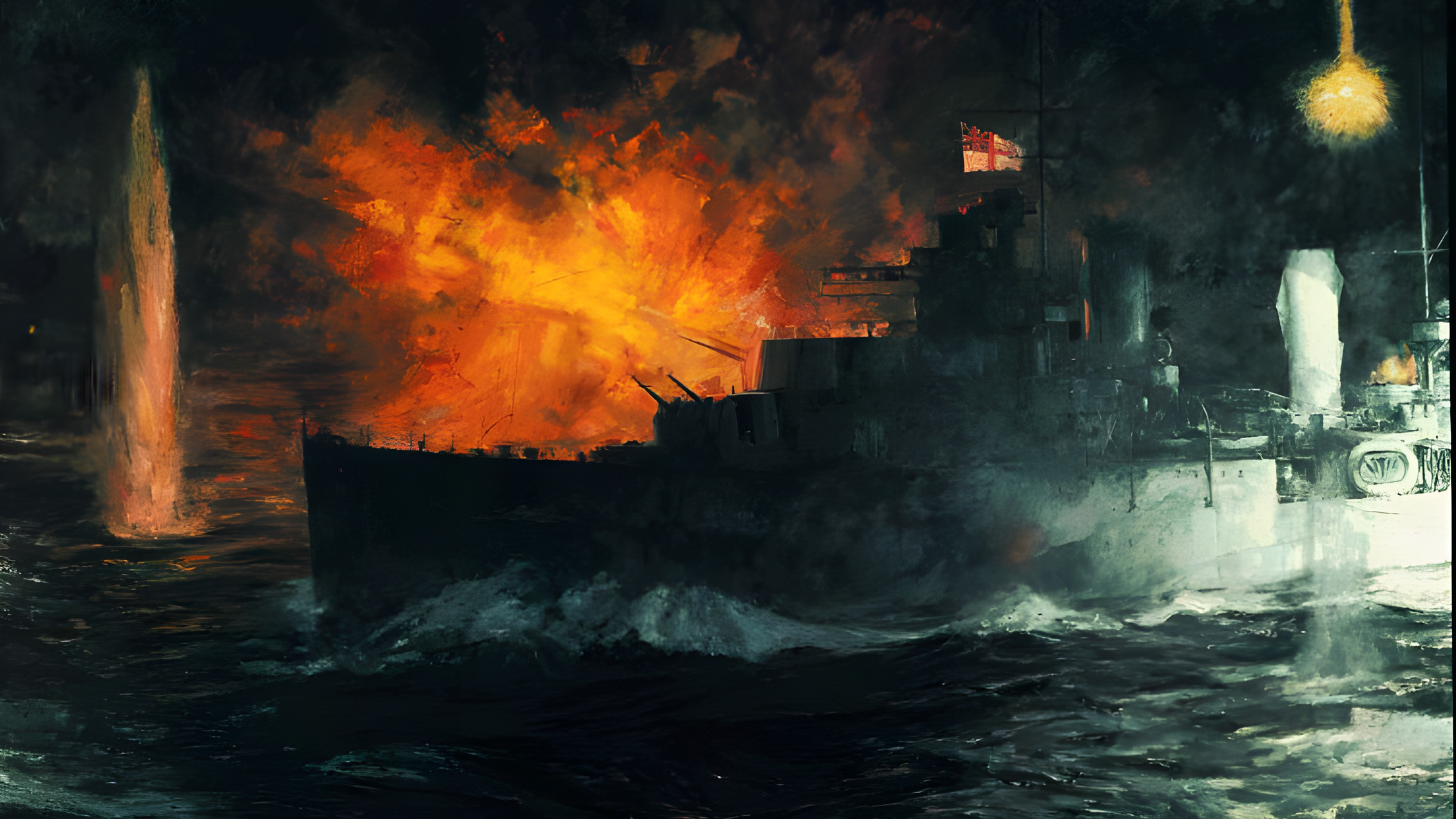
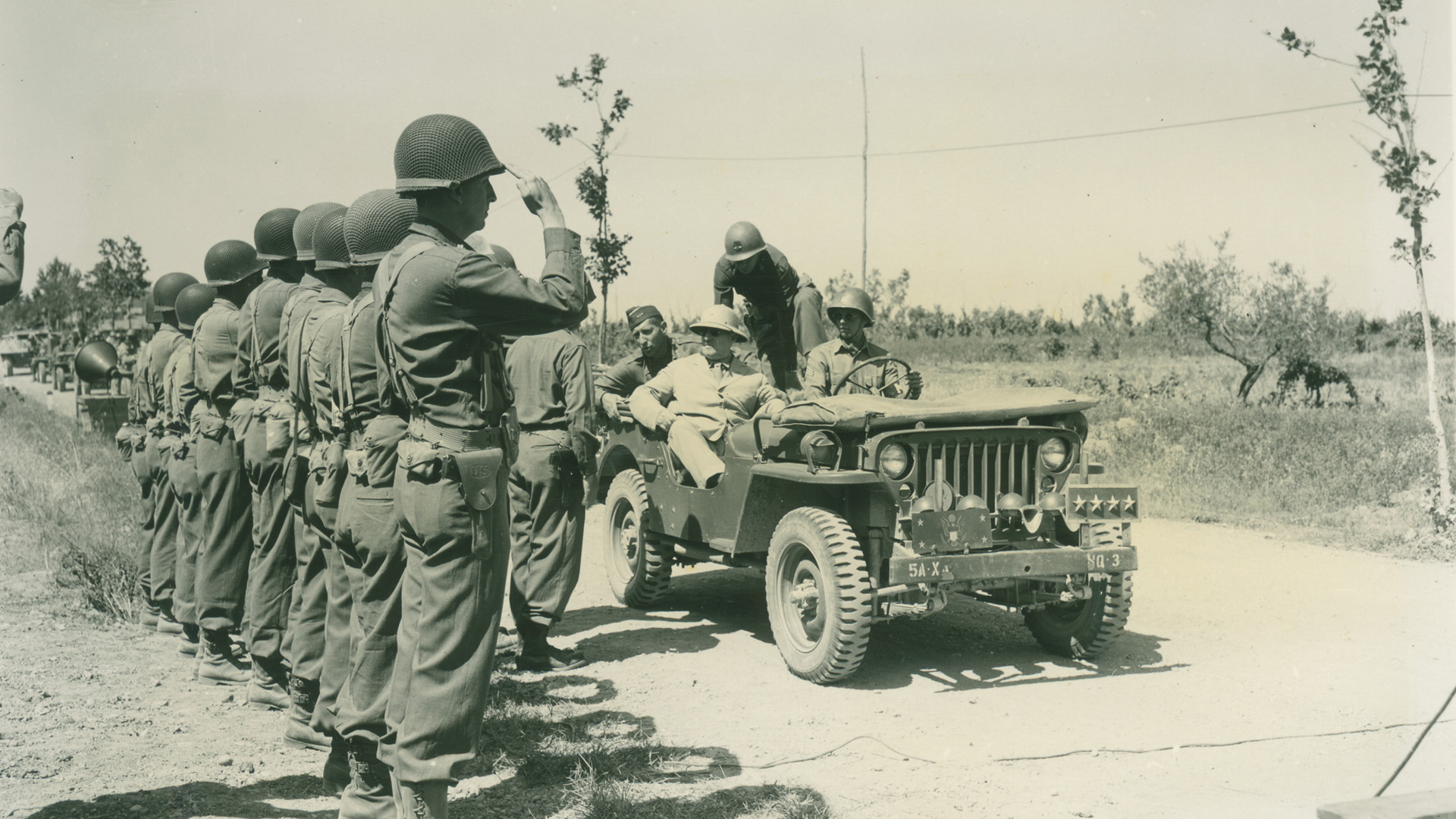
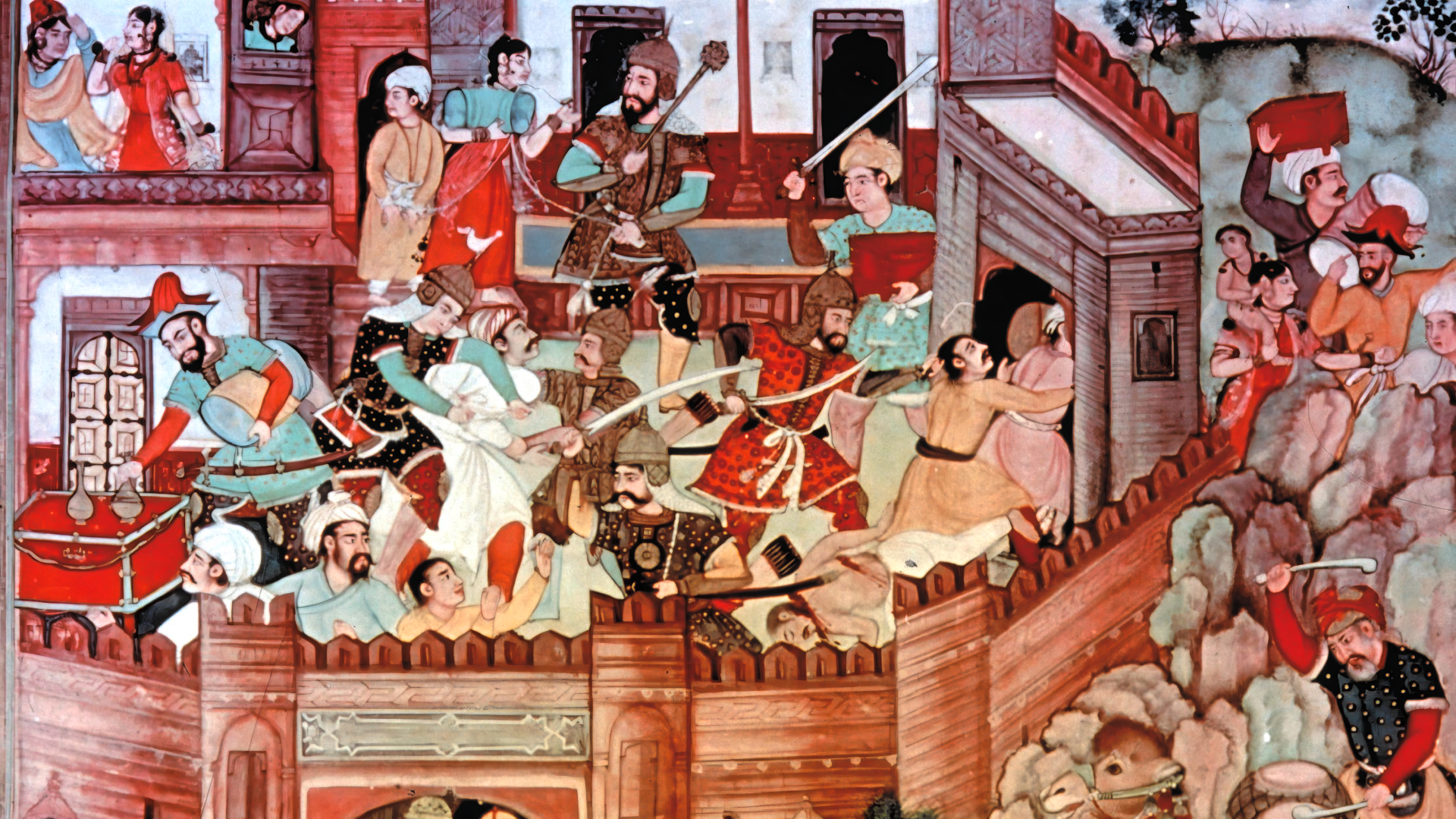
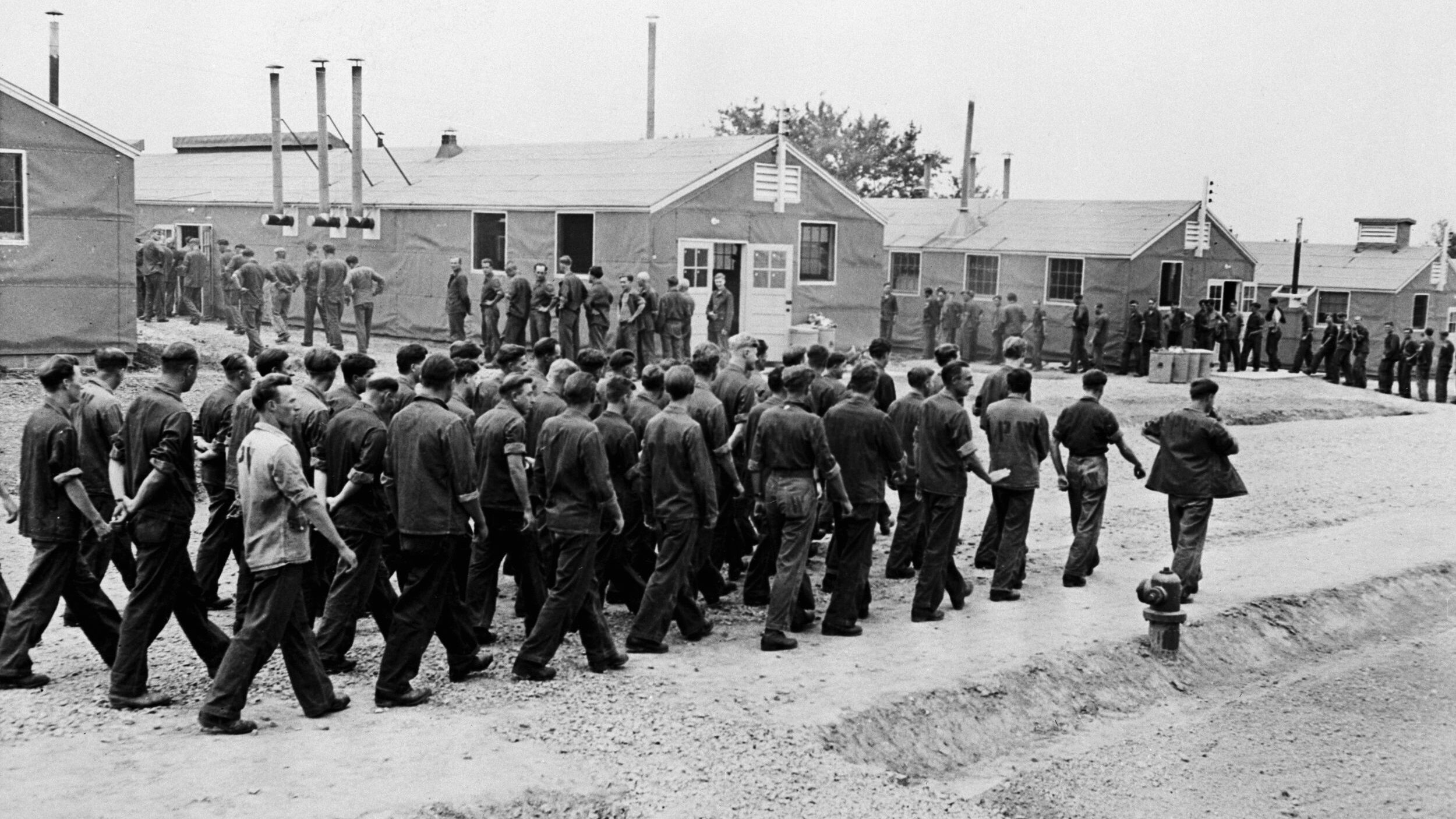

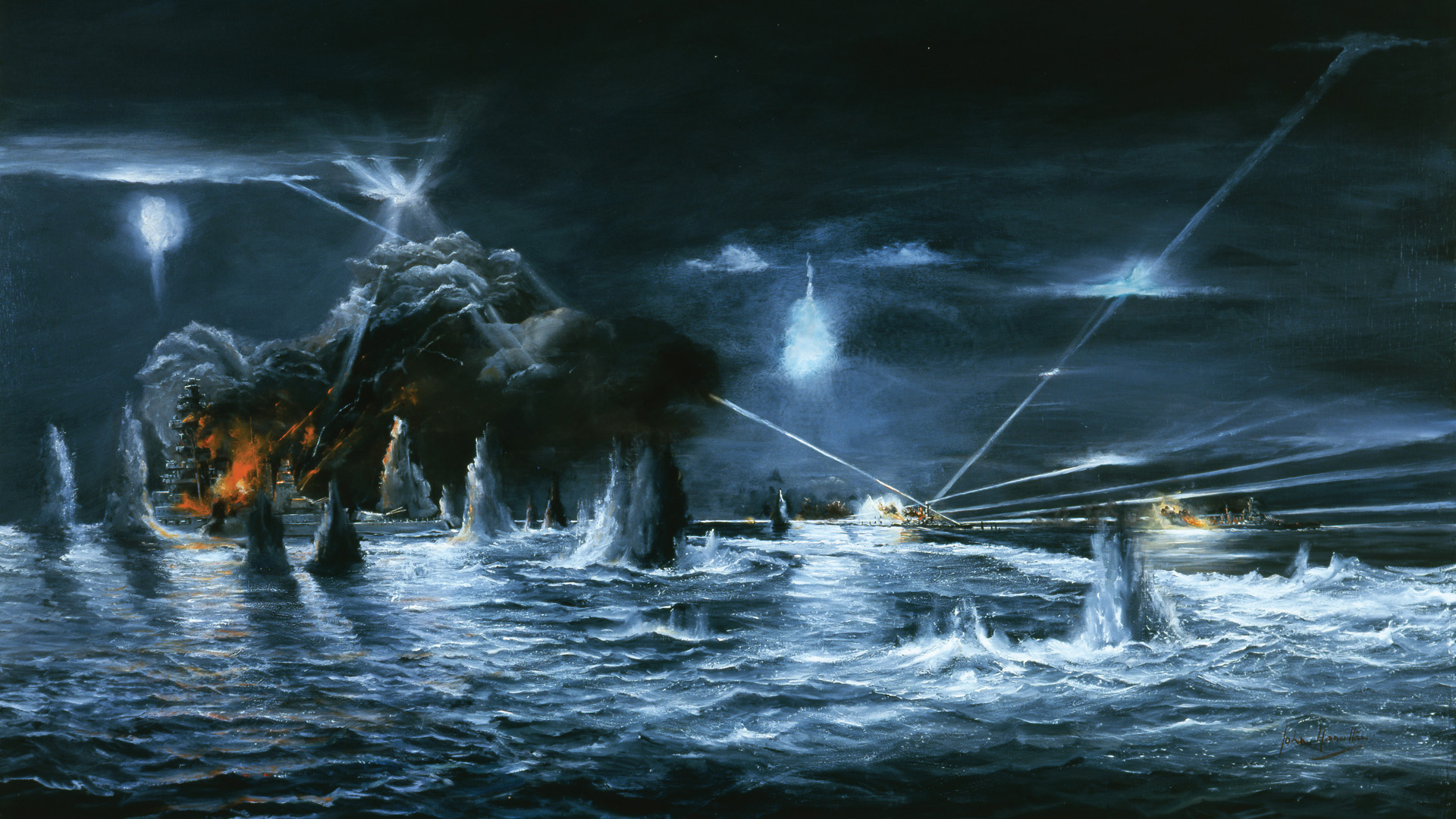
Join The Conversation
Comments
View All Comments